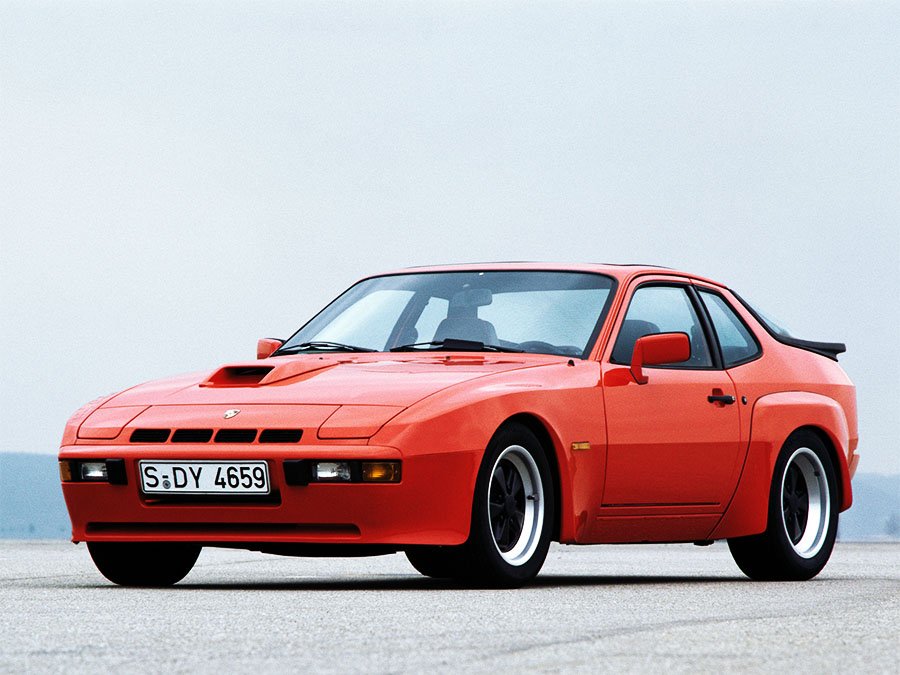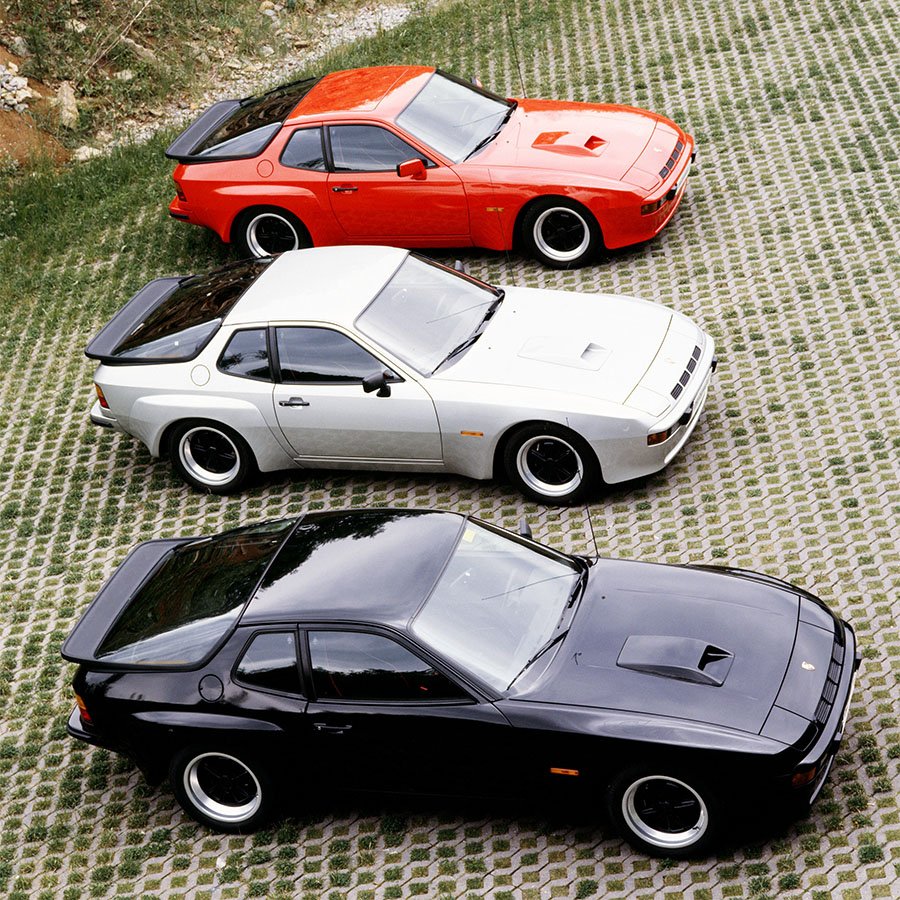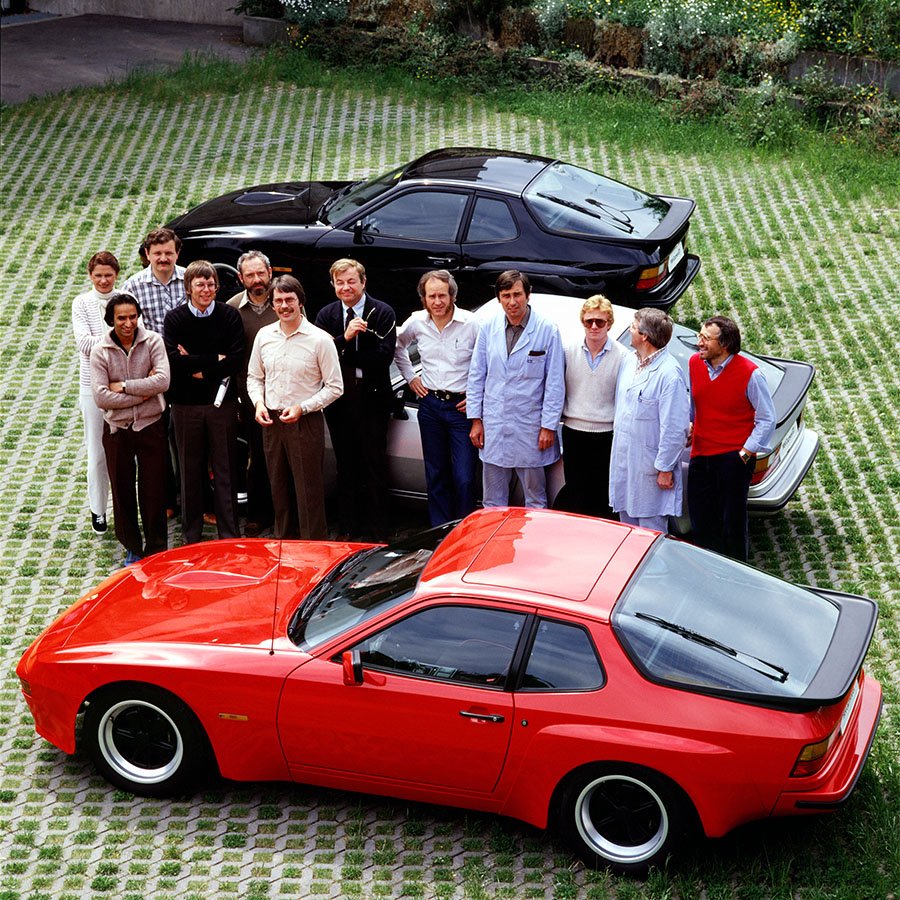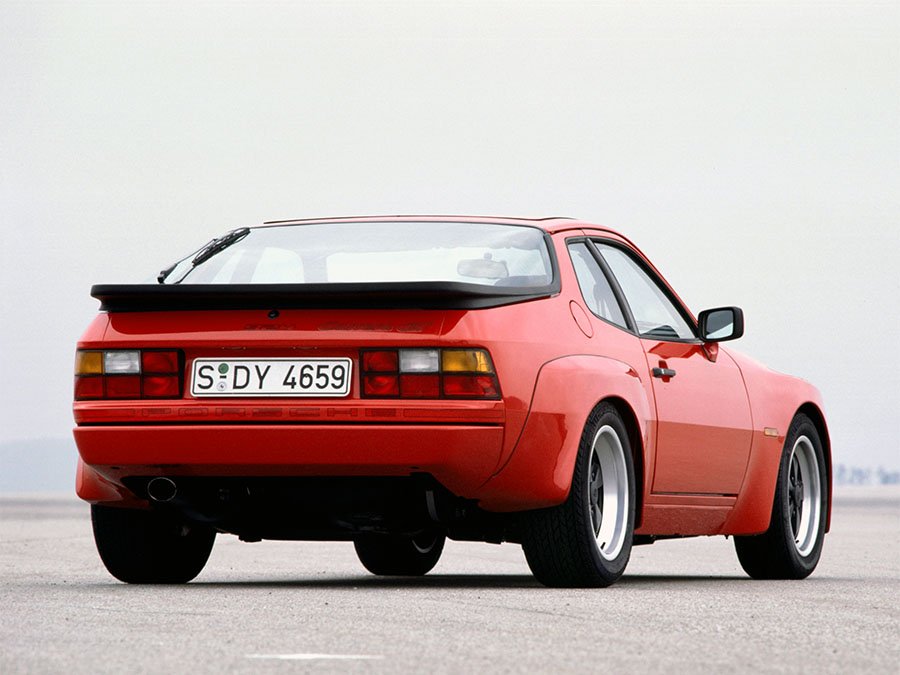Guide: Porsche 924 Carrera GT (937) - a Historical & Technical Appraisal
/BACKGROUND
Although the 924 proved a big seller, the model was initially criticised for its less than spectacular performance and rather basic specification.
To some extent, this was to be expected as the model started life as a Volkswagen that Porsche had been commissioned to design and develop. When the Volkswagen Audi Group pulled the plug in late 1974 owing to poor trading conditions, Porsche snapped the project up as a low cost successor to the 914.
With its conventional front-engined layout, handsome looks and practical 2+2 packing, the Audi-built 924 gave Porsche dealers a much-needed boost.
Three-and-a-half years after the original 924 was launched, Porsche unveiled a turbocharged version at the Geneva Motor Show in March 1979. In addition to a forced induction engine (built at Porsche’s Zuffenhausen plant), the 924 Turbo came with uprated brakes, suspension and steering. It also incorporated a special new Getrag gearbox, custom wheels and a higher level of interior equipment.
At the Frankfurt Motor Show in September 1979, Porsche unveiled a prototype Carrera-badged version of the turbocharged 924 that was conceived to homologate a Group 4 competition machine. At the time, Porsche were not competing with the 911 and company Chairman, Ernst Fuhrmann, was planning to drop the air-cooled rear-engined model in 1981. It was thought by racing and rallying the 924 on the world stage, any success would further improve the model’s image.
To this end, the prototype 924 Carrera GT displayed at Frankfurt in 1979 was accompanied by the announcement that Porsche would run three similar cars at the Le Mans 24 Hours in June 1980.
Because the production 924 Carrera GT would not be ready until September 1980, the un-homologated Le Mans entries ran in the GTP category for out-and-out Protoypes. After an impressive showing, they finished sixth, twelfth and thirteenth overall.
That same month as the Le Mans appearance, Porsche began to offer the 924 Carrera GT for sale. Even though the production version had not yet been revealed (that would happen at the Frankfurt Motor Show in September 1980), all 400 cars required for Group 4 homologation were pre-sold.
Homologation was subsequently approved on January 2nd 1981 and the further enhanced 924 Carrera GTS and GTR went on to have successful careers in the World Sportscar Championship, IMSA, Trans-Am, the DRM and various rally championships.
Unfortunately, the 924 Carrera GT road car was never originally offered for sale in the USA as it did not meet safety or emissions legislation of the time.
The model was given the internal type numbers 937 for left-hand drive variants and 938 for right-hand drive.
CHASSIS
Like every 924, the Carrera GT was based on a unitary steel bodyshell with a 2400mm wheelbase.
Similarly, the suspension layout was unchanged: MacPherson struts and coil springs at the front with semi-trailing arms and torsion bars at the rear.
However, the Carrera GT was riddled with special parts compared to the standard 924 Turbo. It came with reconfigured suspension geometry, beefier semi-trailing arms, firmer bushes, stiffer gas-filled Bilstein dampers and thicker anti-roll bars. Shorter springs were also fitted which lowered the ride height by 10mm at the front and 15mm at the rear.
The brake system was imported from the 924 Turbo without modification. It featured ventilated discs all round (282mm diameter from the 911 SC at the front and 289mm diameter from the 928 at the rear). As per the 924 Turbo, the calipers also came from the 928.
Brake cooling was improved thanks to bigger cooling intakes in the front apron.
Instead of the 924 Turbo’s ATS 6 x 14-inch cross-spoke wheels, forged 7 x 15-inch Fuchs alloys were fitted. These had reduced offsets, black centres, polished lips and were originally shod with Pirelli P6 tyres.
The normal 66-litre fuel tank (located above the rear axle) was enlarged to 84-litres.
ENGINE / TRANSMISSION
In the engine bay was another water-cooled two-litre inline ‘four’ with an iron block and light alloy single overhead camshaft eight valve head.
Like the Series 2 924 Turbo introduced for the 1981 model year, the new Type M31/50 engine fitted to the Carrera GT was equipped with a Siemens-Hartig digital ignition (the first time this feature had been used on a production offering from Porsche). The Digital Motor Electronics engine management system (DME) improved power, flexibility and fuel consumption.
Displacement was the familiar 1984cc thanks to a bore and stroke of 86.5mm and 84.4mm respectively.
Compared to the M31/03 engine fitted to the Series 2 924 Turbo (introduced at the same time), the Carrera GT’s power unit came with a host of trick equipment.
A hood-mounted air scoop fed the new Langerer & Reich air-to-air intercooler mounted on top of the engine. The existing KKK K26 turbo was fitted with a larger turbine and boost pressure was cranked from 0.64 to 0.75 bar.
Other special parts included an uprated cylinder head with hardened camshaft lobes and forged lightweight pistons. The oil cooler was moved to in front of the water radiator and a lightweight exhaust system was installed.
Like the Series 2 924 Turbo, compression was 8.5:1 and Bosch K-Jetronic fuel-injection was employed.
The power rating went from 175bhp at 5500rpm to 207bhp at 6000rpm.
The torque rating jumped from 184lb-ft to 207lb-ft at an unchanged 3500rpm.
For the gearbox, Porsche opted to use a variant of the five-speed Getrag dog-leg unit developed specially for the 924 Turbo.
The Carrera GT’s G31/03 ‘box had the same ratios as the 924 Turbo’s G31/01 unit, but featured strengthened synchromesh rings and a pressure plate for the single dry-plate clutch (all sourced from the 911). Furthermore, to increase the transmission’s durability, third, fourth and fifth gears were shot-blasted and the driveshafts were made of more hard-wearing material.
BODYWORK
In a fashion typical of homologation specials from this era, the 924 Carrera GT was an aggressive, wide-arched iteration of the normally svelte 924 Turbo.
The most obvious additions were a series of new lightweight panels manufactured from flexible polyurethane. These comprised a custom front apron / bumper assembly with integrated front spoiler and broad fender extensions linked by deep side skirts.
A large fibreglass intake scoop was added to the otherwise steel hood to feed fresh air to the intercooler.
To increase rigidity and reduce drag, a flush-mounted windscreen was bonded in place.
At the back of the car, a much larger rubber spoiler was installed. This was left in its natural black finish.
Special slim indicator lenses were added down each flank along with a Carrera graphic on the right-hand front fender and a Carrera GT decal on the tail fascia.
As expected due to its wider be-spoilered body, at 0.34, the Carrera GT’s drag coefficient was slightly inferior to the 924 Turbo (0.33).
INTERIOR
Inside, the Carrera GT came with Recaro sports seats, the faces of which were upholstered in black fabric with red pinstripes and matching red piping. Black leatherette was used for the seat sides and backs. The rear seats were trimmed to match, as were the door panel centres.
Like the 924 Turbo, a small diameter three spoke steering wheel was installed. It came with a black leather rim to match the gear knob and gaiter.
The dash was formed from the same hard plastic used for the rest of the 924 range.
The main instrument binnacle housed the speedometer in the centre while off to the right was a rev counter and to the left was a combined fuel / water temperature gauge that also incorporated a host of warning lights.
At the top of the centre console (underneath two fresh air vents) was an analogue clock, an oil pressure gauge and an oil temperature gauge. These, along with the ventilation controls and audio system (if specified), were set within a plastic satin black fascia.
If air-conditioning was ordered, the oil temperature gauge was deleted and the clock moved to its position. A rotary control switch for the a/c system was added where the clock originally resided.
OPTIONS
Porsche offered the Carrera GT in a choice of three exterior colours: Guards Red, Black Metallic or Diamond Silver Metallic.
Special options included Pirelli P7 tyres and bigger wheels: 7 x 16-inches at the front wheels and 8 x 16-inches at the rear.
Otherwise, the list of cost upgrades was much the same as the 924 Turbo. It included a limited-slip differential, air-conditioning, a lift-out sunroof panel, electric mirrors, electric windows, a rear wiper, an alarm and a choice of audio systems together with an electric antenna.
Leather upholstery was not offered.
Right-hand drive cars bound for the UK came with a radio cassette player, electric windows and electric mirrors as standard.
WEIGHT / PERFORMANCE
Like the 924 Turbo, the Carrera GT weighed in at 1180kg.
Top speed went from 140mph to 153mph.
The 0-62mph time dropped from 7 seconds to 6.4 seconds.
PRODUCTION
In addition to the 400 cars required for homologation, Porsche built an additional six examples which served as prototypes and press cars.
200 cars were built for the domestic German market and 75 cars were completed in right-hand drive for the UK.
After Carrera GT production ended, Porsche built a batch of 59 lighter, more powerful GTS variants that pumped out 242bhp and tipped the scales at 1121kg.
By this time, Ernst Fuhrmann had been replaced as Porsche Chairman. He was superseded by Peter Schutz on January 1st 1980. One of Schutz’s first decisions was to continue production and development of the 911. However, he also recognised the value of the by now well-proven 924 platform and used the Carrera GT as the styling basis for a new model known as the 944.
Text copyright: Supercar Nostalgia
Photo copyright: Porsche - https://www.porsche.com




































